
Lepidosperma effusum, commonly known as the riverside sword sedge or spreading sword sedge, is an evergreen species of sedge that is native to southwest Western Australia.
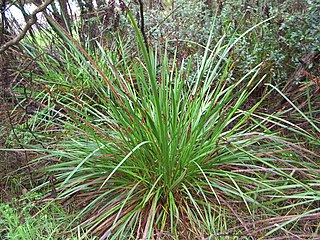
Lepidosperma is a genus of flowering plant of the family Cyperaceae. Most of the species are endemic to Australia, with others native to southern China, southeast Asia, New Guinea, New Caledonia and New Zealand.
Cyperus vorsteri is a sedge of the family Cyperaceae native to southern Africa.
Karen Louise Wilson is an Australian botanist.

Lepidosperma squamatum is a species of flowering plant in the sedge family, Cyperaceae. It is native to Southwest Australia. It was described by Jacques Labillardière in Novae Hollandiae Plantarum Specimen (1805). The specific epithet squamatum is derived from the Latin for 'scale', in reference to the form of the bracts.

Schoenus quartziticus is a species of sedge endemic to the Agulhas Plain region of southern South Africa.
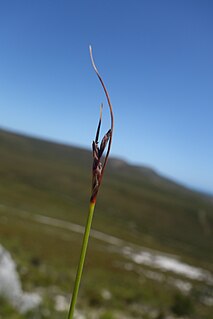
Schoenus arenicola is a species of sedge endemic to the south-west coast of South Africa.
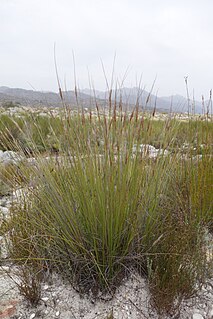
Schoenus pictus is a species of sedge endemic to the Western Cape Province of South Africa. It is a species usually found on mountain slopes.

Schoenus auritus is a species of sedge endemic to southern and eastern South Africa.

Schoenus graminifolius is a species of sedge endemic to the Cape Peninsula of South Africa.

Schoenus ligulatus is a species of sedge endemic to the western regions of the Western Cape Province of South Africa.

Schoenus exilis is a species of sedge endemic to the western areas of the Western Cape Province of South Africa.

Schoenus bolusii is a species of sedge endemic to the mountains of the Western Cape Province of South Africa. However, S. bolusii is not found on the Cape Peninsula.
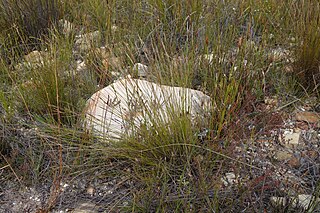
Schoenus bracteosus is a species of sedge endemic to the mountains of southern South Africa.

Schoenus comparoides is a species of sedge endemic to the mountains of southern South Africa.

Schoenus compactus is a species of sedge endemic to south-western South Africa.

Schoenus crassus is a species of sedge endemic to south-western South Africa.
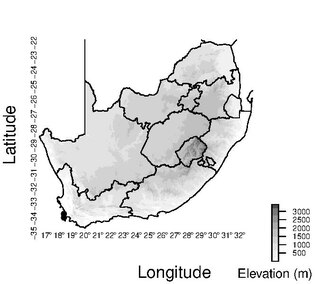
Schoenus riparius is a species of sedge endemic to the Cape Peninsula of South Africa.

Lepidosperma amantiferrum is a sedge of the family Cyperaceae that is endemic to Western Australia. It has no synonyms.

Lepidosperma asperatum is a sedge that is endemic to Western Australia. It was first described in 1941 by Georg Kükenthal as Lepidosperma leptostachyum var. asperatum, but was elevated to species status in 2012 by Karen Wilson and Russell Barrett.


















